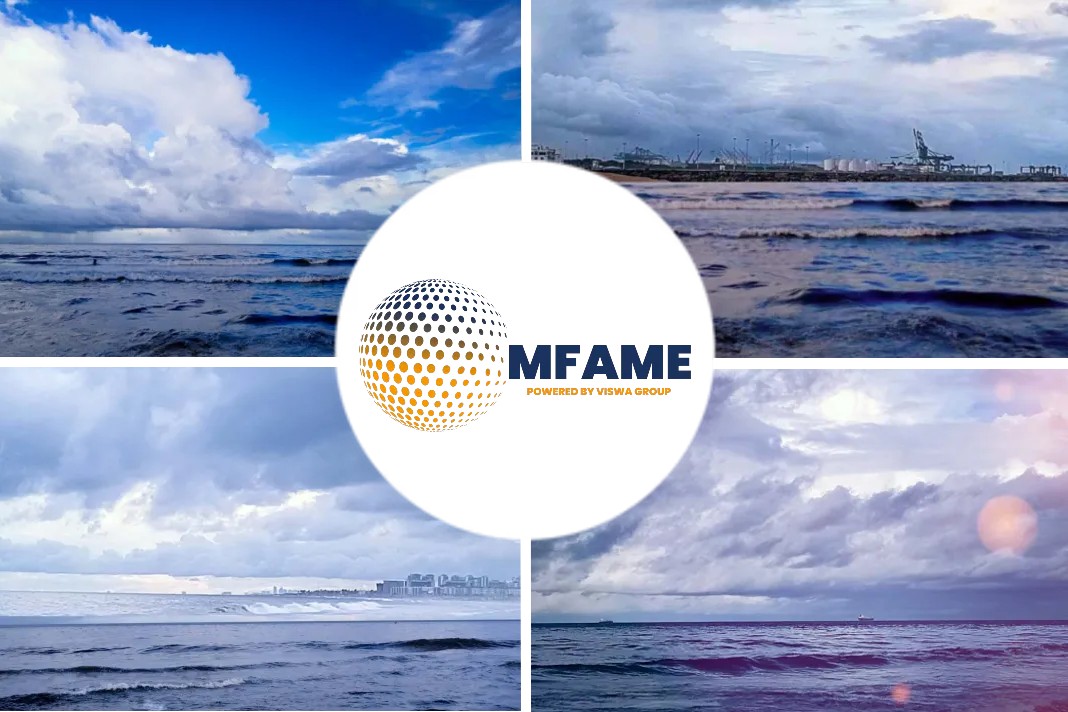
- Refiners asking for discount of around $20/b on CIF basis
- India has emerged as largest buyer of Russia’s flagship grade
- Urals FOB Primorsk last assessed at $40.06/b, much lower than $60/b cap
Asian refiners are requesting even further discounts on Russian Urals cargoes following G7’s attempt to apply a $60/b price cap on Russian crude from Dec. 5, industry sources said Dec. 8, reports SP Global.
The cutoff in European deliveries
Some market participants believe the move was inevitable once the cap came into force, emphasizing the cutoff in European deliveries from Dec. 5. “The oil [Urals] can now only land at one or two destinations,” one trader said.
“They know what they’re doing, and they want to get the best economics,” a second trader said.
But not all oil traders are convinced the cap necessarily gives buyers more leverage, especially with Urals trading at outright prices below the $60/b G7 cap that would in principle allow sellers to access Western tankers and maritime services.
“Not at all no, it just creates a lot of headaches operationally and risks shutting down a fair amount of production,” a third trader said.
So far, sellers are yet to give in to the renewed calls for discounts, frustrated by rising freight and demurrage costs, leaving the market at a standoff.
The demand for even lower delivered values is heaping additional pressure on Urals FOB differentials.
The discounts for Urals and ESPO — Russia’s Eastern-bound export crude — against regional benchmarks have widened sharply and are again close to record levels seen in the aftermath of Moscow’s Feb. 24 invasion of Ukraine.
Platts assessed medium sour Urals at $40.06/b for Primorsk Dec. 8, compared to $53.47/b on Dec. 2, a few days before the G7 $60/b price cap came into play, according to S&P Global Commodity Insights data.
Compared with Dated Brent, the Urals discount widened to $35.10/b Dec. 8, its lowest since May, S&P Global data showed.
Spot differentials for Far East Russian ESPO Blend crude have also fallen sharply in recent days amid weak demand from China and uncertainty surrounding the EU’s ban and the G7’s price cap on Russian crude.
Differentials for ESPO Blend crude cargoes loading in January 2023 were seen dropping to discounts as steep as $7/b to ICE March Brent futures from around $2/b discounts in late November.
Russian resilience
S&P Global analysts’ reference case assumes initial dislocations will only lower overall Russian crude and condensate output by 1.1 million b/d between November and February, as the $60/b level notably exceeds current Urals prices.
“[We] estimate that even without Western ships and maritime services, Russia will be able to re-route roughly half of the 2 million b/d subject to EU import bans over the next two months,” S&P Global analysts said in a recent note.
“A price cap well above market levels, combined with several months for Russia to prepare and the softening of an EU ban on ships not complying with the price cap, collectively add upward bias to our supply forecast.”
In the run-up to Dec. 5, US Treasury officials had suggested the cap would benefit buyers such as India and China by allowing them to bargain for weaker prices on Russian crude as EU deliveries were cut off.
Russian crude output recovered ahead of the EU’s embargo and the G7 price cap, both of which went into force Dec. 5. The sanctions-hit producer pumped 9.87 million b/d in November, its highest since March, as output from Sakhalin-1 field rebounded, according to the latest OPEC+ survey by Platts.
Russia’s seaborne crude exports were little changed in November but flows to India surged to a record, absorbing barrels displaced from Europe where imports sank to all-time lows.
Did you subscribe to our daily Newsletter?
It’s Free! Click here to Subscribe
Source: SP Global
















